Author: Jordan Folks
Bred in 2004 by New Zealand’s Plant & Food Research, Nectaron was released for public use in 2020 and his since gained a solid reputation for its ability to impart beer with desirable fruity notes including pineapple, peach, and grapefruit. While often used in pungently hoppy IPA, some reported enjoying the way lower amounts of Nectaron works in subtler styles.
Alpha: 10.5 – 11.5%
Beta: 4.5 – 5.0%
Cohumulone: 26 – 28%
Total Oil: 1.5 – 2.0 mL/100g
Myrcene: 60%
Humulene: 16%
Caryophyllene: 4.5%
Farnesene: 0.2%
Linalool: unknown
Geraniol: unknown
ß-Pinene: unknown
Parentage: daughter of Pacific Jade, full sister to Waimea
Since first learning about Nectaron a couple years ago, I’ve used it a handful of times in various types of IPA, usually in conjunction with other varieties, though also on its own. As a fan what this hop brings to the table, I was curious how it would play in a modestly hopped pale lager.
| MAKING THE BEER |
Starting with our standard Hop Chronicles pale lager recipe, I made adjustments to the kettle hop additions to ensure a proper level of bitterness. Thanks to F.H. Steinbart for hooking me up with the malt for this batch!
Nectaron Pale Lager
Recipe Details
| Batch Size | Boil Time | IBU | SRM | Est. OG | Est. FG | ABV |
|---|---|---|---|---|---|---|
| 5.1 gal | 60 min | 22.1 | 3.6 SRM | 1.038 | 1.005 | 4.33 % |
| Actuals | 1.038 | 1.005 | 4.33 % | |||
Fermentables
| Name | Amount | % |
|---|---|---|
| Pilsner Malt | 11 lbs | 100 |
Hops
| Name | Amount | Time | Use | Form | Alpha % |
|---|---|---|---|---|---|
| Nectaron | 7 g | 60 min | Boil | Pellet | 8.9 |
| Nectaron | 10 g | 30 min | Boil | Pellet | 8.9 |
| Nectaron | 10 g | 5 min | Boil | Pellet | 8.9 |
Yeast
| Name | Lab | Attenuation | Temperature |
|---|---|---|---|
| Global (L13) | Imperial Yeast | 77% | 46°F - 55.9°F |
Notes
| Water Profile Ca 59 | Mg 4 | Na 0 | SO4 61 | Cl 55 |
Download
| Download this recipe's BeerXML file |
I started off my brew day by flipping the switch on my controller to heat up the water I’d previously adjusted to my desired profile before weighing out and milling the grain.
When the water was properly heated, I incorporated the grains and set my Clawhammer Supply 240v controller to maintain my desired mash temperature of 148°F/64°C.
During the mash rest, I prepared the kettle hop additions.
Once the 60 minute mash rest was complete, I removed the grains and proceeded to boil the wort for 60 minutes, adding hops at the times stated in the recipe. When the boil was complete, I used my plate chiller to chill the wort during transfer to a sanitized fermentation keg.
A refractometer reading showed the wort was at my target OG.
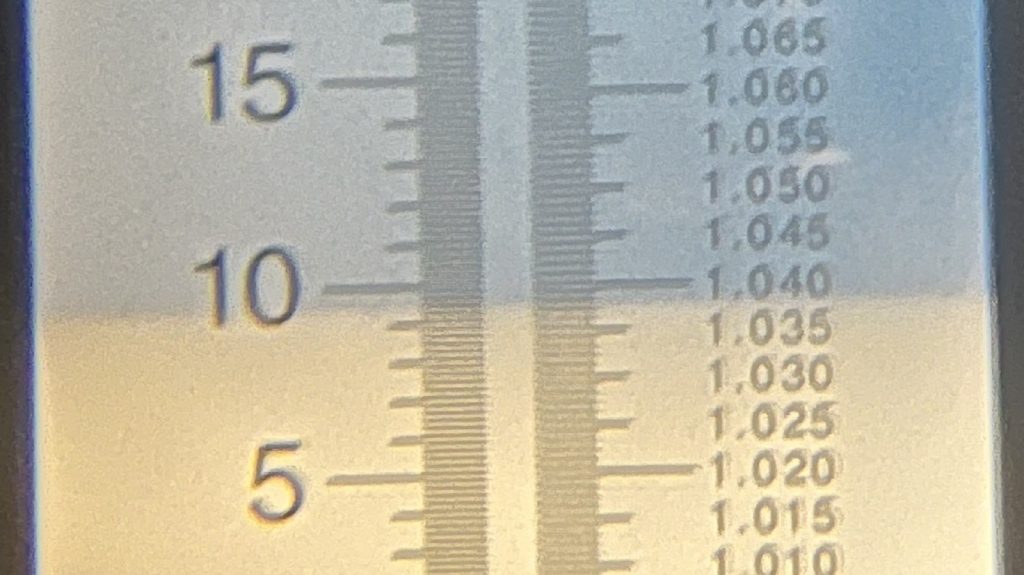
Next, I pitched Imperial Yeast L13 Global into the wort and left it to ferment at 64°F/18°C under 7 psi of pressure for a week before I took a hydrometer measurement confirming FG was reached.
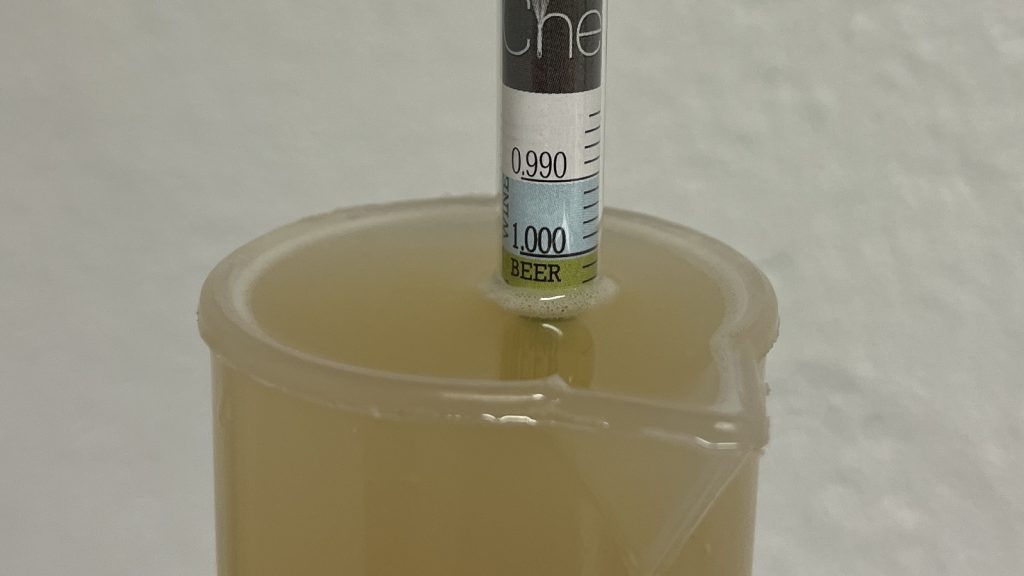
With fermentation complete, I transferred the beer to a CO2 purged keg. The filled keg was placed in my keezer and burst carbonated overnight before I reduced the gas to serving pressure. After a week of conditioning, it was ready for evaluation.
| METHOD |
Participants were instructed to focus only on the aromatic qualities of the beer before evaluating the flavor. For each aroma and flavor descriptor, tasters were asked to write-in the perceived strength of that particular characteristic on a 0-9 scale where a rating of 0 meant they did not perceive the character at all and a 9 rating meant the character was extremely strong. Once the data was collected, the average rating of each aroma and flavor descriptor was compiled and analyzed.
| RESULTS |
A total of 14 people participated in the evaluation of this beer, all blind to the hop variety used until after they completed the survey. The average aroma and flavor ratings for each descriptor were plotted on a radar graph.
Average Ratings of Aroma and Flavor Perceptions
The 3 characteristics endorsed as being most prominent by participants:
| Aroma | Flavor |
| Citrus | Apple/Pear |
| Apple/Pear + Melon (tie) | Citrus + Floral (tie) |
| Floral | Grassy |
The 3 characteristics endorsed as being least prominent by participants:
| Aroma | Flavor |
| Pine | Pine + Resinous (tie) |
| Resinous | Berry |
| Earthy/Woody | Stone Fruit |
Next, participants were asked to rate the pungency/strength of the hop.
Tasters were then instructed to identify beer styles they thought the hop would work well in.
Finally, participants were asked to rate how much they enjoyed the hop character on a 1 to 10 scale.
My Impressions: I perceived this beer as having an interesting tropical fruit note I get from other New World hop varieties, which I felt beautifully complimented the otherwise familiar crisp, lightly bitter base lager.
| CONCLUSION |
Considering the popularity of IPA, it’s no surprise that hop breeders seem to be most focused on developing varieties that work well with the various versions of that style. Noted to impart beer with desirable notes of pineapple and peach, Nectaron certainly fits this bill, at least when used at the rates brewers making hyper-hoppy IPA rely on.
When evaluating a modestly hopped pale lager made entirely with Nectaron, tasters noted citrus and apple/pear as being the most prominent characteristics, while pine and resinous were the least endorsed descriptors. Arguably a function of the lower usage rate, a majority of tasters felt the beer had only mild hop pungency, and while pale lager was the style most felt it would work well in, this beer wasn’t particularly well received.
Having thoroughly enjoyed this single-hop Nectaron pale lager, I was admittedly surprised with how low the tasters’ preference ratings were. While I can’t be certain, I wonder if perhaps the juxtaposition of hop characteristics typically expected in IPA with the simplicity of this pale lager recipe led to some palate confusion. Either way, this experience only reinforced my love of Nectaron, which I look forward to using in a range of styles in the future.
Nectaron hops are available now at Yakima Valley Hops, get some while you can! If you have any thoughts on this variety, please feel free to share them in the comments section below.
Support Brülosophy In Style!
All designs are available in various colors and sizes on Amazon!
Follow Brülosophy on:
FACEBOOK | TWITTER | INSTAGRAM
If you enjoy this stuff and feel compelled to support Brulosophy.com, please check out the Support page for details on how you can very easily do so. Thanks!



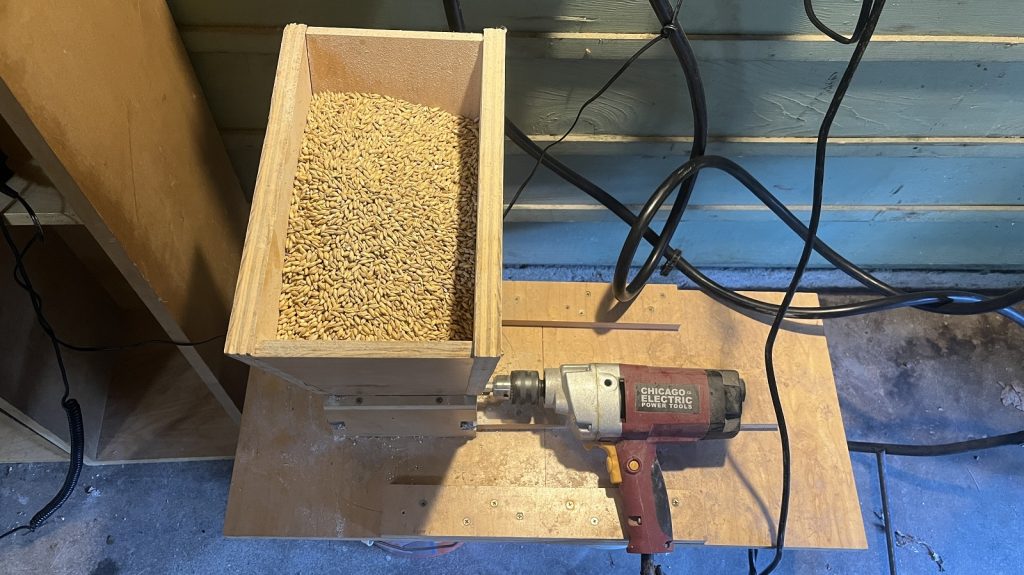
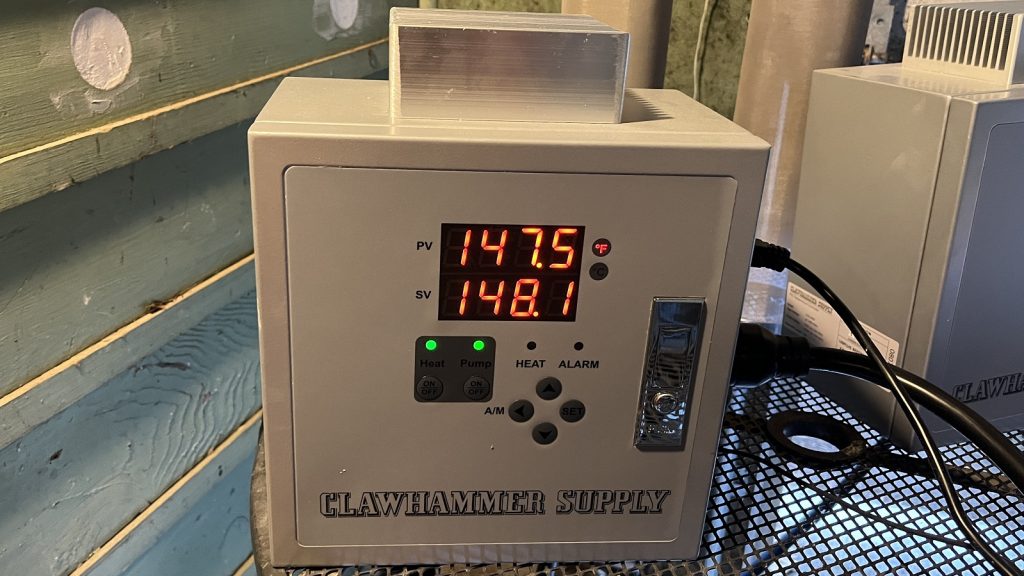
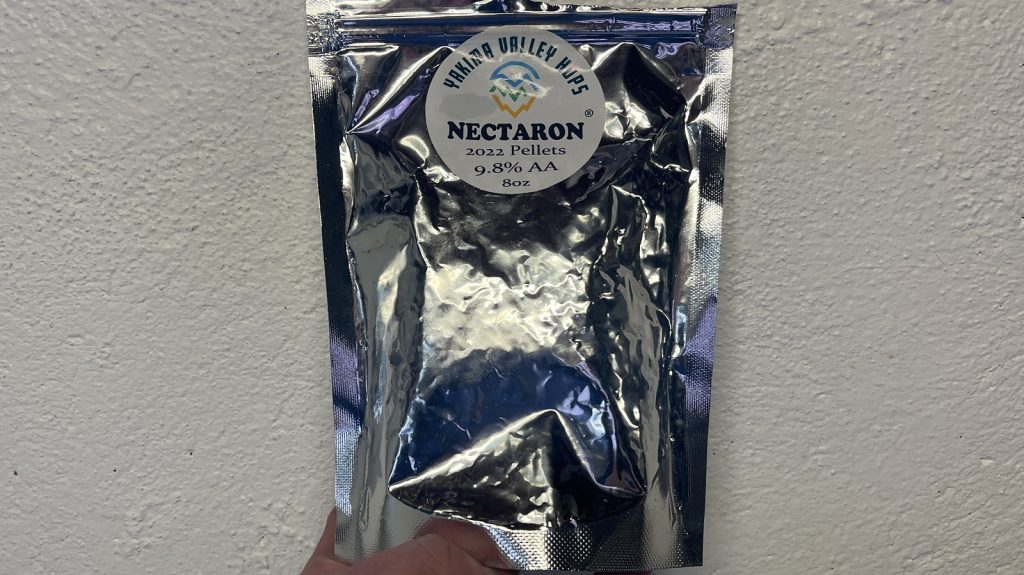
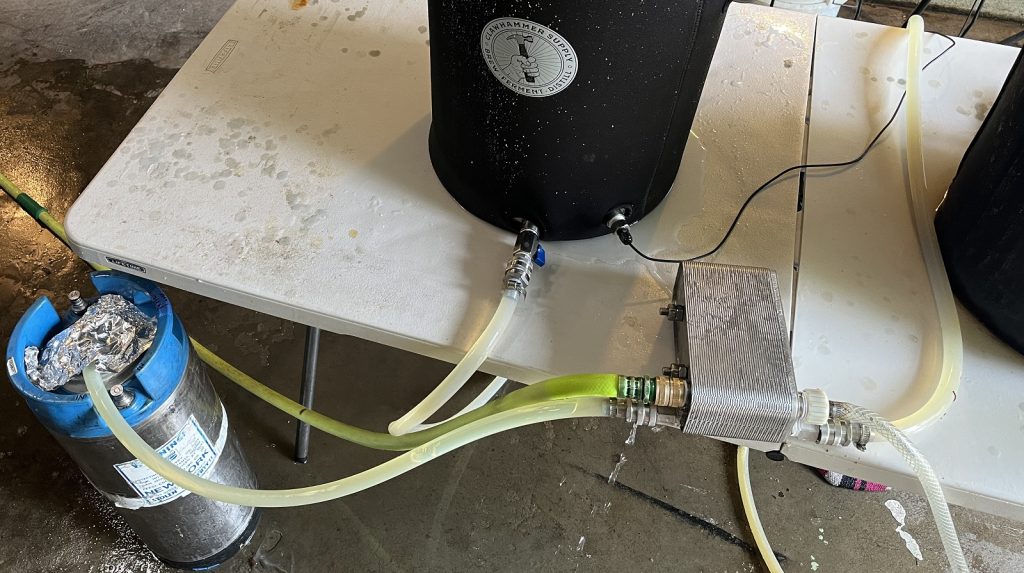
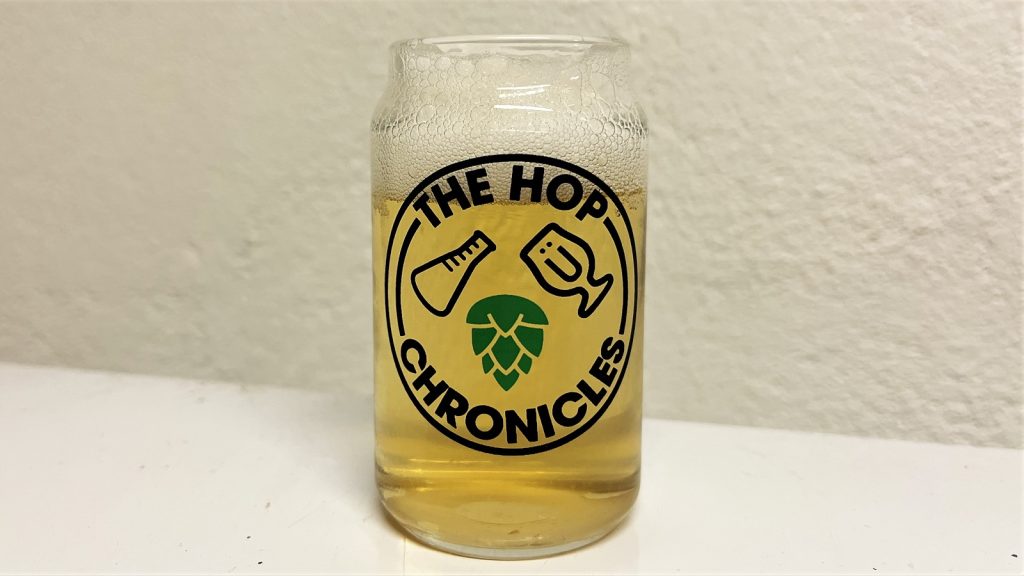

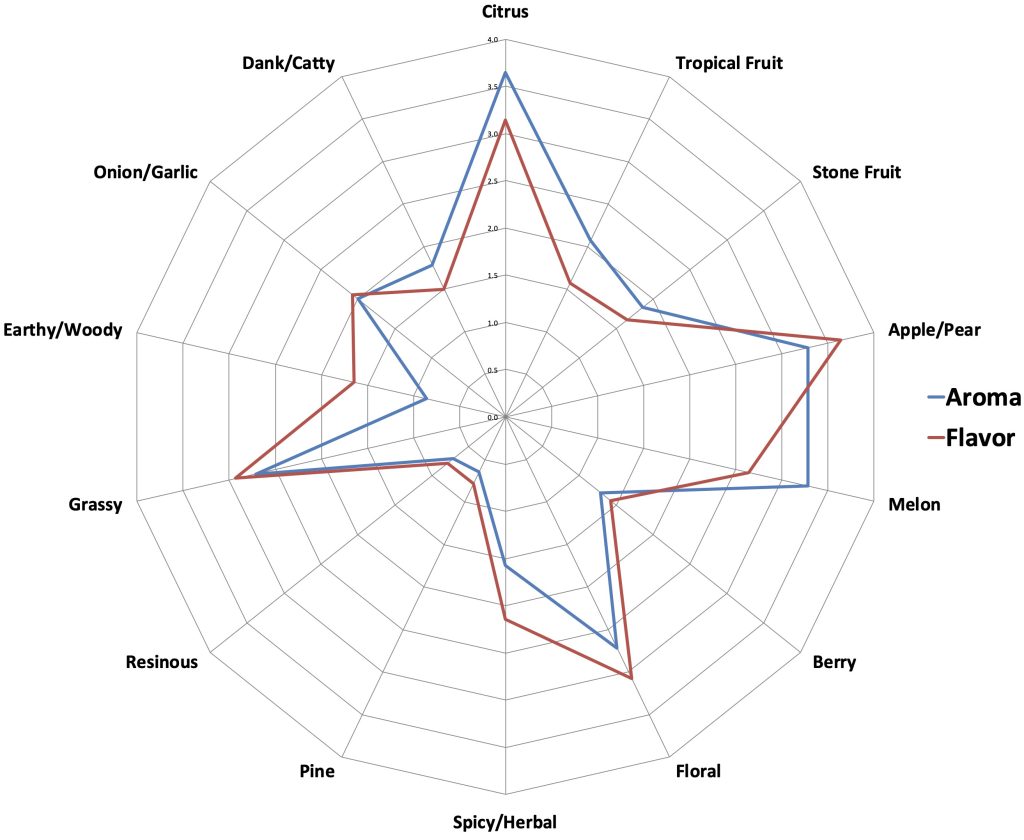
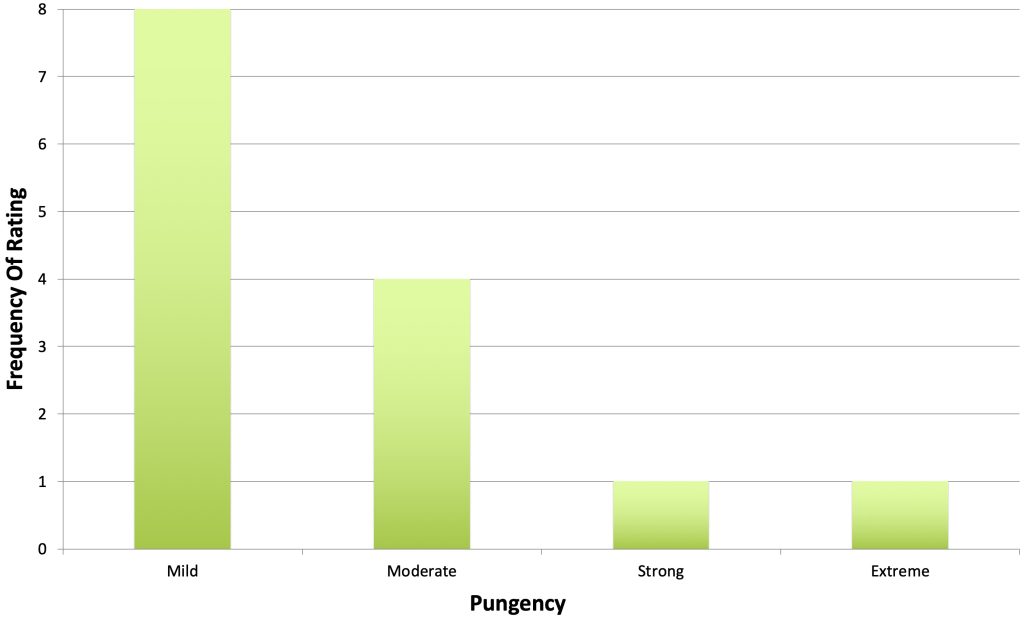
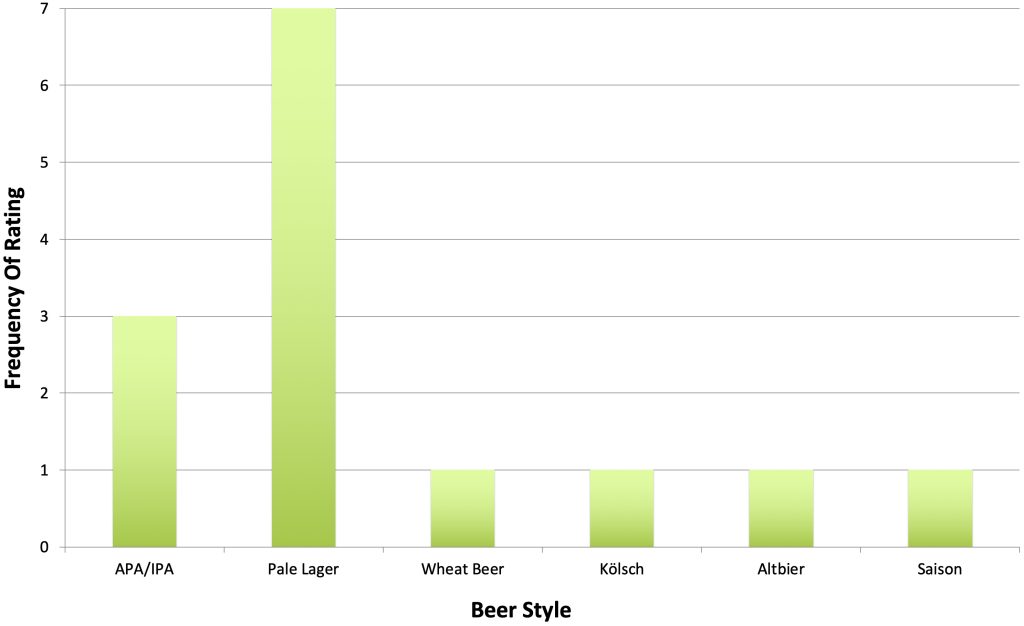
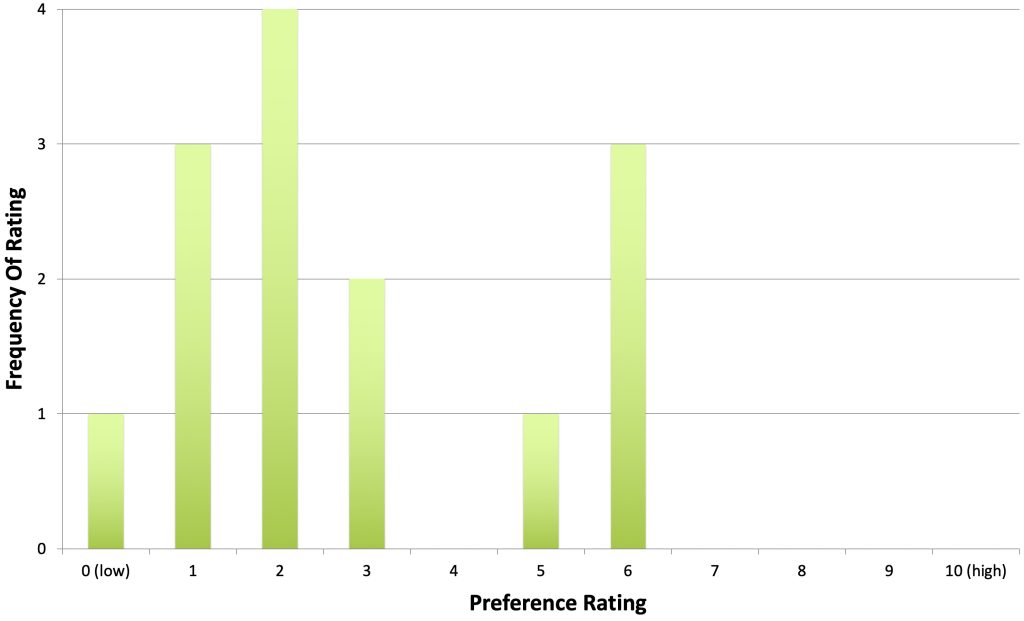











5 thoughts on “The Hop Chronicles | Nectaron (2022) Pale Lager”
Interesting how they think it would go well with Pale Lager but don’t particularly enjoy it.
It’s interesting that you’d use less than one ounce of hops in a full batch to evaluate said hop….
I think the hop was evaluated well in a previous article when making an IPA. At the time there was a modest amount of people reporting it’d suit a lager hence why the rate this time is low to match the style.
I’ve made plenty of “hoppy” lagers before according to people who tried it only using modest hop rates compared to an IPA (and not attempting to make a hoppy lager either). As a hop head I liked it, and while everyone enjoyed it there was the constant “is this a lager or IPA?” question thrown in. There’s not much to hide behind on a 1.038SG base either…anything more than an ounce (given this is 11%aa, 3x the AA of typical Saaz) and your starting to recreate another IPA
Skipping the 60 minute addition would have allowed greater quantities added later (and stay w/in the 22 IBUs) which would likely punch up the hop character. Beersmith indicates that total hops could be doubled if one skipped the 60 minute and added a 10 minute
For comparability purposes, we have standardized recipe approaches for this series. But I like this idea – more Nectaron is always a good thing in my book.